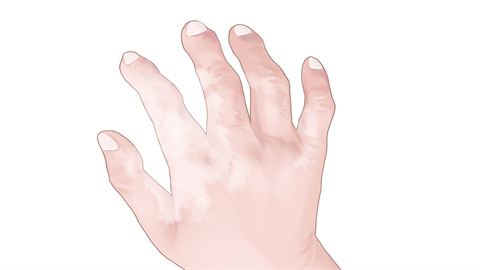Can a finger bone injury heal on its own?
Generally, whether a finger bone injury can heal on its own depends on the specific type and severity of the injury. The detailed analysis is as follows:

If the finger bone injury is a minor bone crack without obvious displacement and with mild surrounding soft tissue damage, and if the finger can remain immobilized in daily life, avoid bearing force, and the body's metabolic functions are normal, spontaneous healing is possible. During recovery, the bone can gradually heal through its natural repair mechanisms, which typically takes several weeks. It is important during this period to protect the injured area, prevent secondary injuries, and ensure smooth healing.
If the finger bone injury involves a clear fracture with displacement or a comminuted fracture, especially when accompanied by severe damage to surrounding ligaments, tendons, and other soft tissues, self-healing is unlikely. Bone displacement prevents proper alignment of the fractured ends, making it impossible for the body’s natural repair process to form a complete bone structure. Without timely medical intervention, malunion may occur, affecting finger function and potentially leading to chronic pain or restricted movement.
After a finger bone injury, activity of the affected finger should be stopped immediately to avoid pressure or pulling. Temporary immobilization using a splint or cardboard can help reduce the risk of further displacement. Cold compresses in the early stage can help reduce swelling, while warm compresses later on can promote blood circulation. If there is severe pain, visible deformity, or inability to move the finger, prompt medical evaluation is necessary to determine the extent of the injury. During recovery, follow medical advice for rehabilitation exercises, avoid using the finger too early, and prevent actions that could impair healing.





